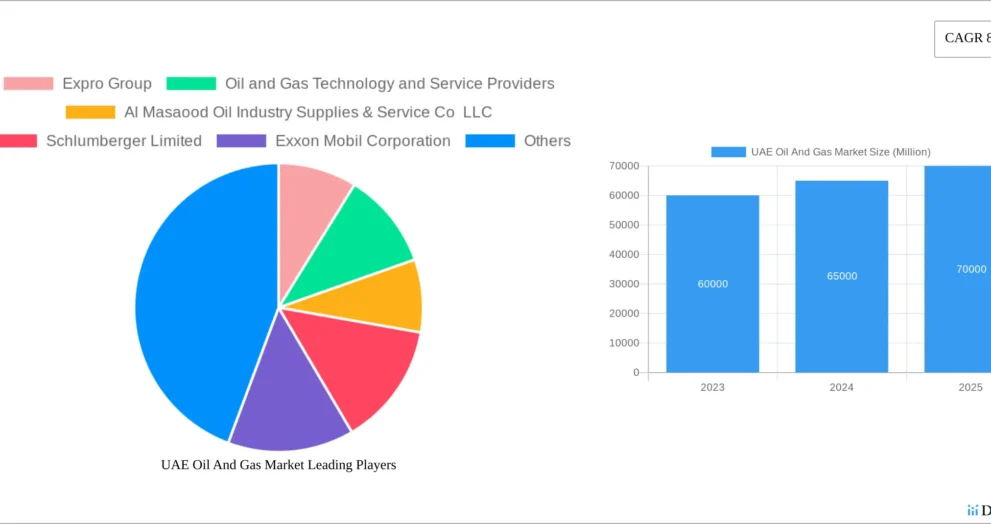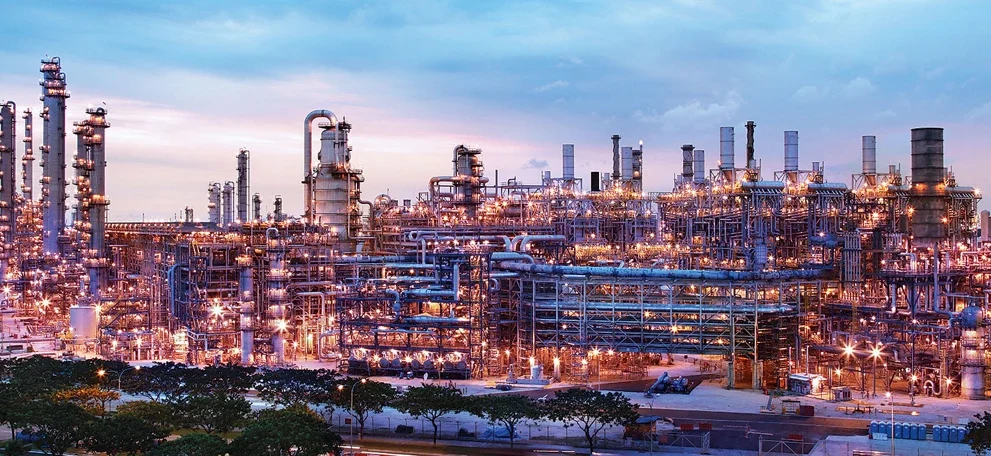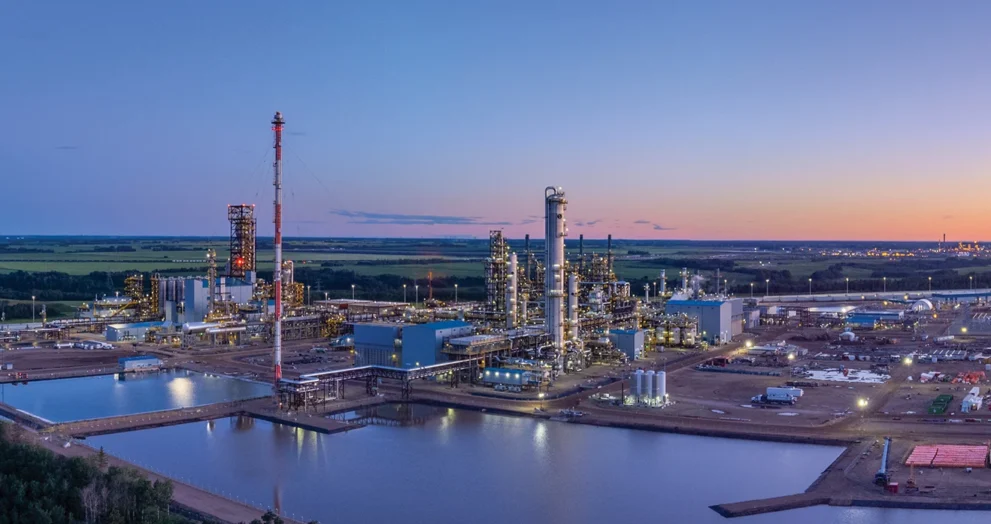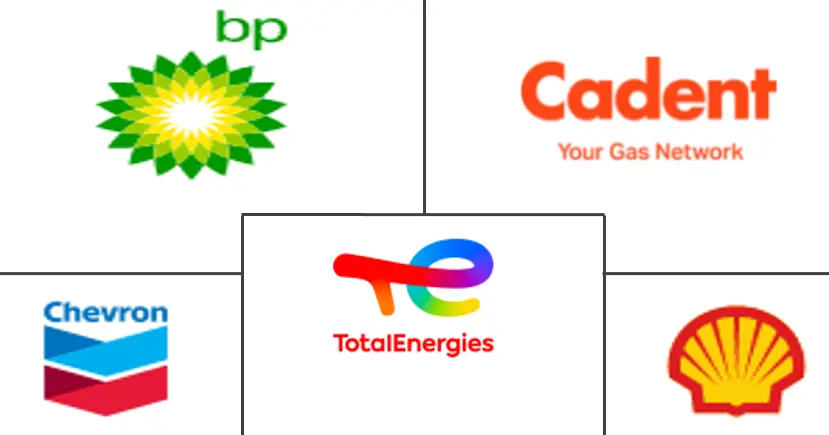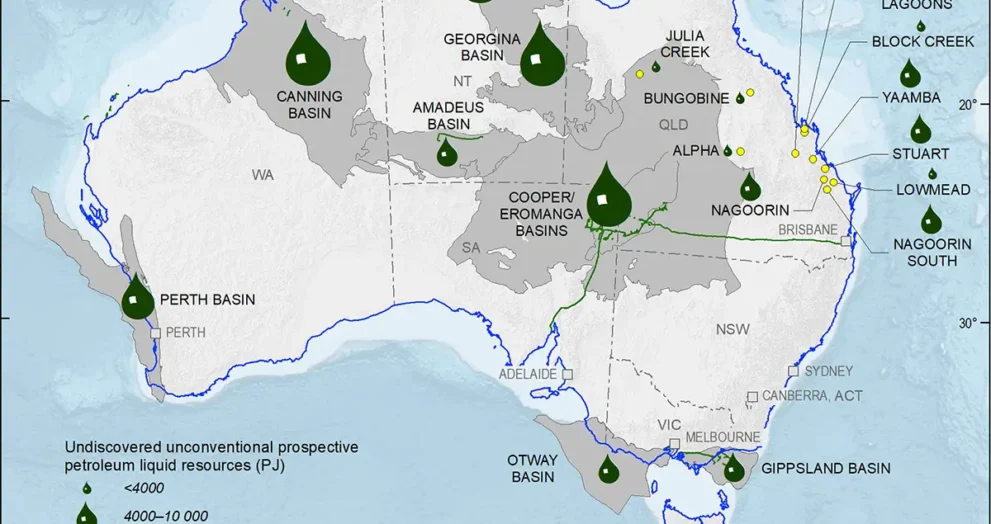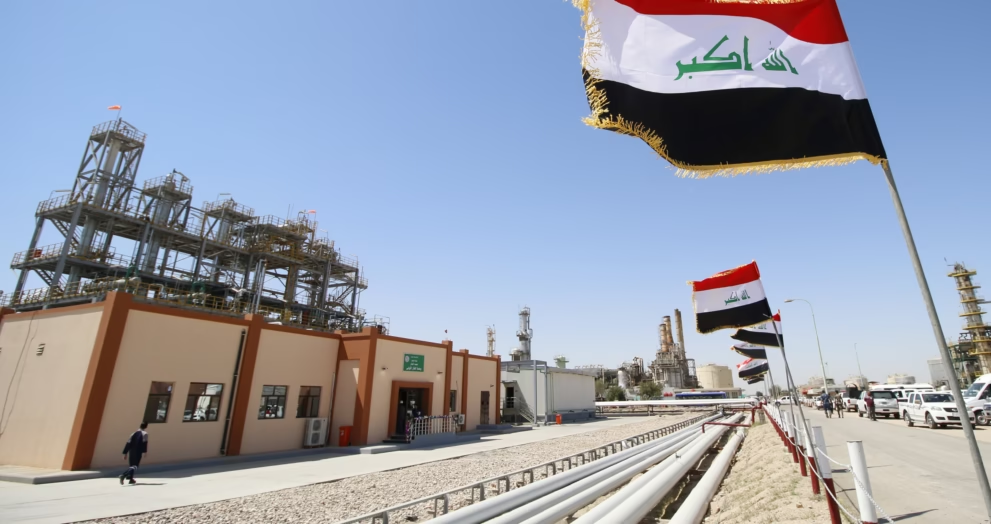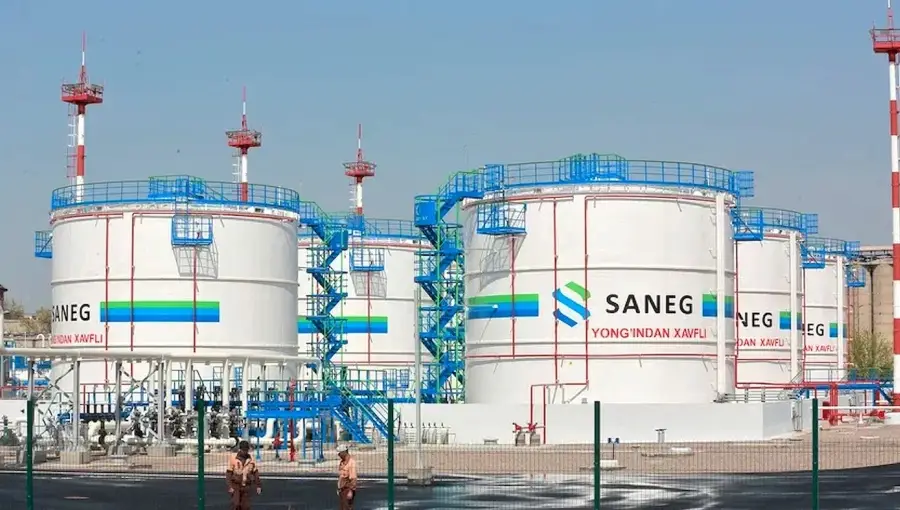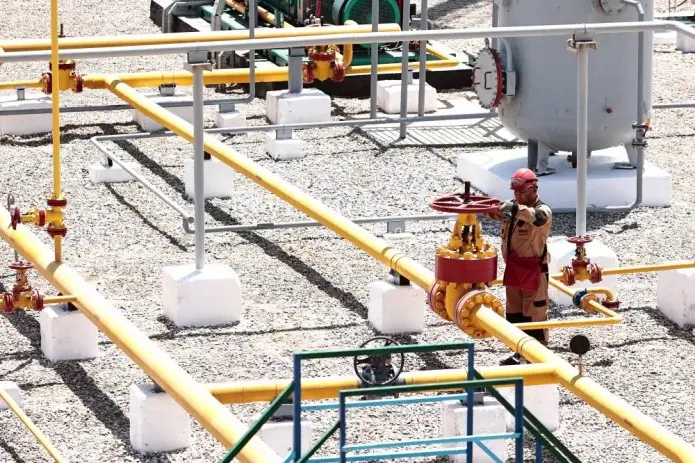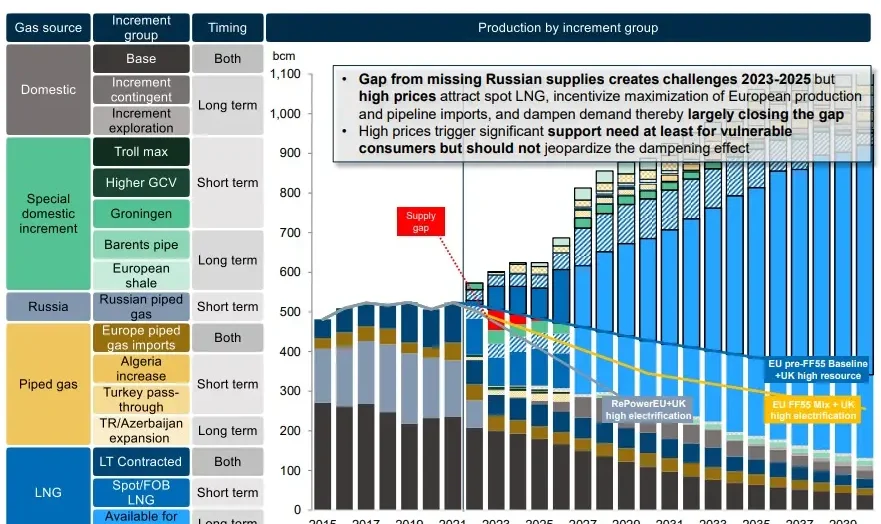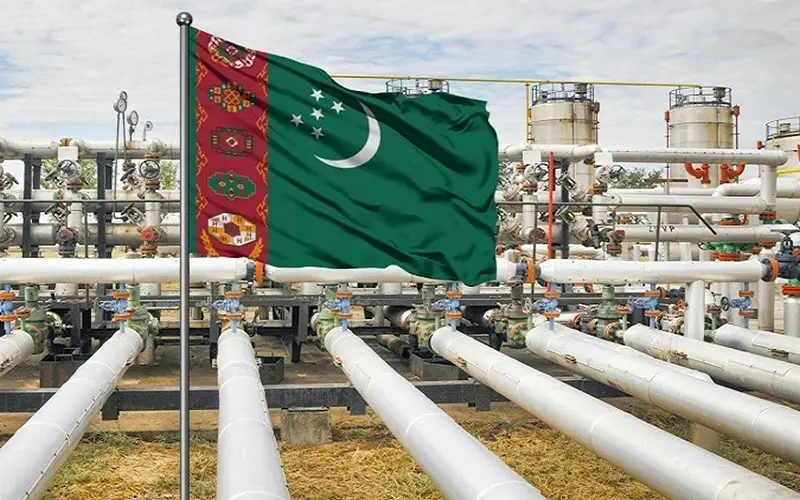UAE Oil Market Trends: Production Growth, Diversification, and Sustainability in 2025
The UAE’s oil market in 2025 is defined by robust production growth, strategic diversification, and a commitment to sustainability. As ADNOC advances its 5 million b/d target and invests in low-carbon technologies, the country is well-positioned to maintain its influence in global energy markets. However, navigating price volatility, geopolitical risks, and the energy transition will require continued adaptability and innovation.






